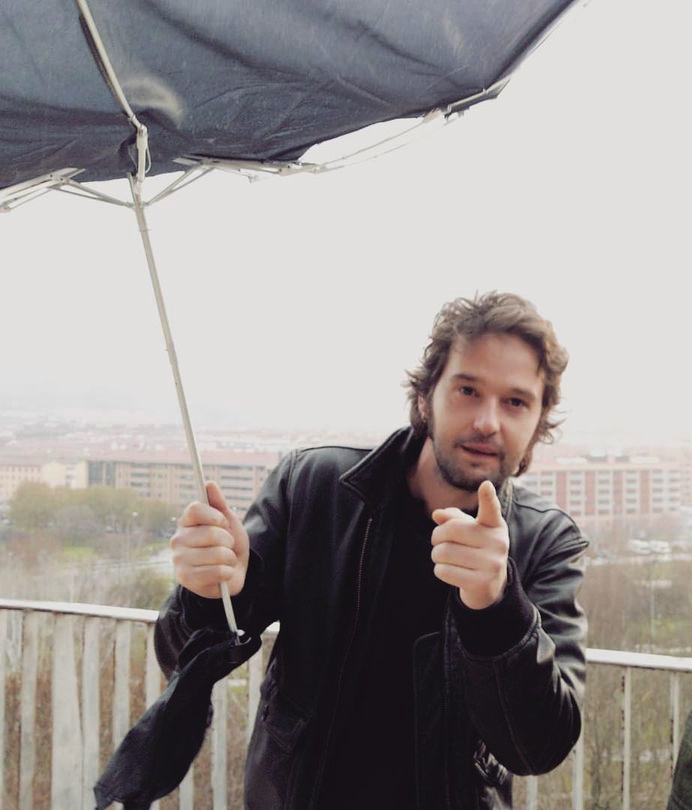Biography
His films are a bit arty, which is probably why the International Film Festival Rotterdam is so important in his career. Alberto Gracia studied Fine Arts at the University of Vigo and his work spans a variety of forms including painting, drawing, performance, video and installations.
His debut feature film The Fifth Gospel of Kaspar Hauser (2013) received the FIPRESCI Award (of the critics) and three years later (2016) he chose it for the world premiere of La estrella errante (Wandering Star). At the beginning his narrative was really complicated but is becoming more cinematic with experience. He implies references to the history of cinema and the very nature of the image.
Alberto says he does not like documentary, because it is a bit closer to propaganda than it is to essence of the cinematic image, but neither he likes the Hollywood-like tendency to have a closed script. For him, film is torn between truth and fiction.
The paradox of the visual era is that when everything is an image, the sound is in charge, which is what is really fascinating. This keeps you riveted to the exile of the image, he says.
Gracia’s project Tengan cuidado ahí fuera (lit. “Be Careful Out There”) came on top at last year’s Punto de Vista awards ceremony much to his surprise, which helped him start work on the movie.


Alberto says he does not like documentary, because it is a bit closer to propaganda than it is to essence of the cinematic image, but neither he likes the Hollywood-like tendency to have a closed script. For him, film is torn between truth and fiction.
The paradox of the visual era is that when everything is an image, the sound is in charge, which is what is really fascinating. This keeps you riveted to the exile of the image, he says.
Gracia’s project Tengan cuidado ahí fuera (lit. “Be Careful Out There”) came on top at last year’s Punto de Vista awards ceremony much to his surprise, which helped him start work on the movie.






